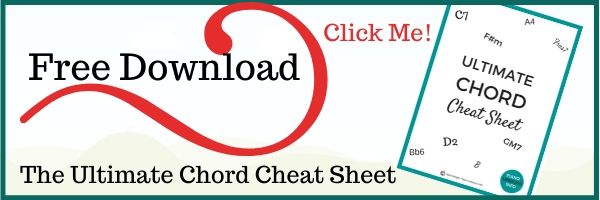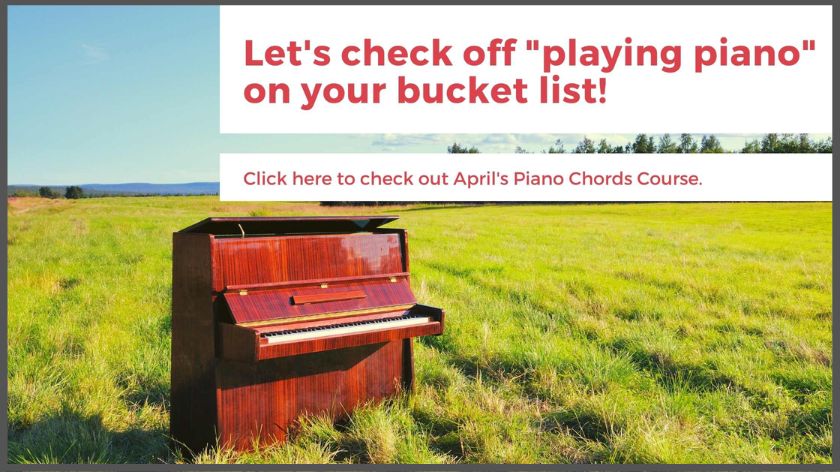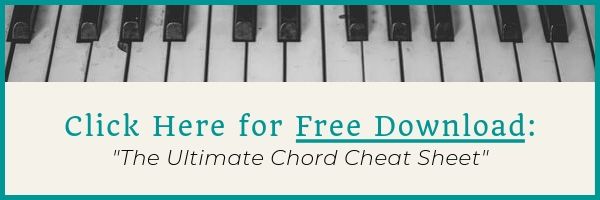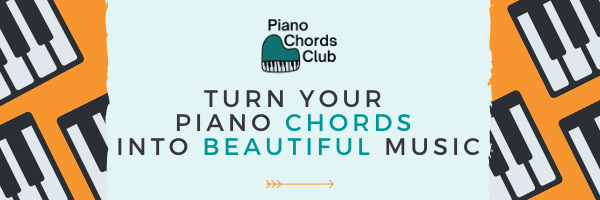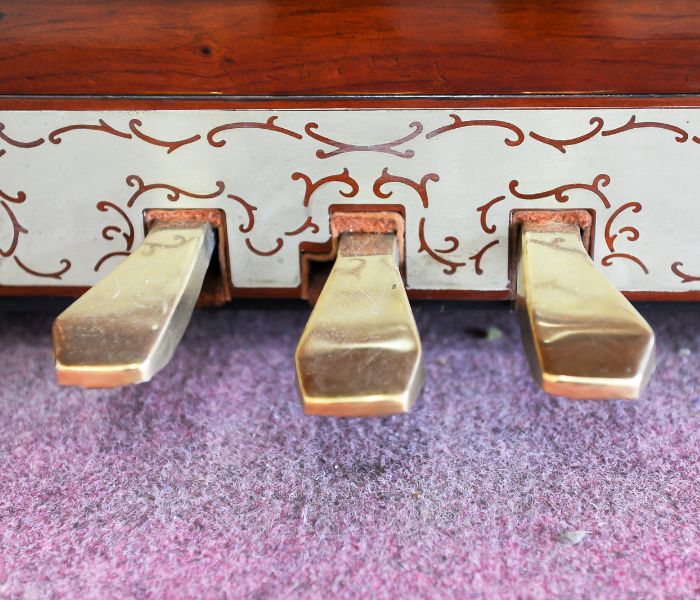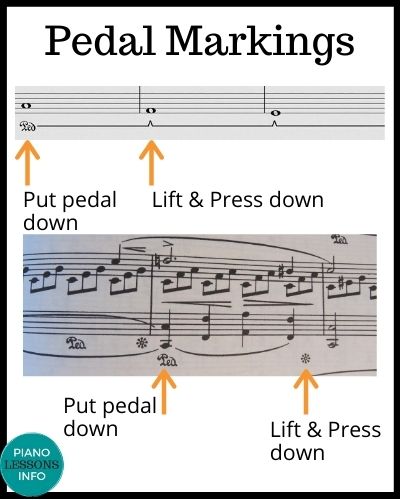What Are The 3 Piano Pedals For? (Explainer)
There are 3 piano pedals on upright, grand or "real" pianos. Some digital pianos (like mine) also have 3 pedals.
A common question I get is what are these pedals even for? And I'll answer that for you now.
Video Tutorial: The 3 Piano Pedals
What The 3 Piano Pedals Are
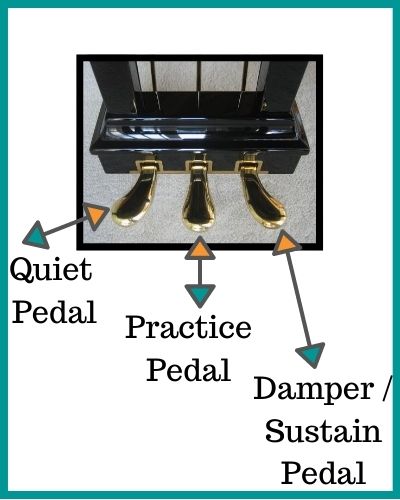
The 3 pedals all have a different function - and one doesn't really do ... well anything.
The pedal on the left is a quiet pedal. It makes things quiet.
The pedal in the middle is a practice pedal. It doesn't do anything. (Some pianos don't even have this pedal.)
The pedal on the right is a damper or sustain pedal. It holds the notes longer than your fingers are on the keys.
The Quiet Pedal
The quiet pedal, the one on the left, makes things quieter than you can physically play with just your fingers but muting 2 of the 3 strings on the piano.
Usually this is used in classical piano music when you get dynamic markings like "pp" (pianissimo) or "ppp" (this is rare).
I do have a quiet pedal on my digital piano but using it on a keyboard is not really the same as a piano. Mainly because keyboards - even excellent quality ones - have a volume knob. When you have it turned up high, it's hard to get really quiet. When you have it turned down low, it's hard to get really loud.
This is one of the trade-offs of not having a piano to tune or one that's heavy to move.
If you are just a beginner player (or looking into it), you don't need to worry about using this pedal for now.
The Practice Pedal
The practice pedal, the one in the middle, is one that you can use to practice using the pedal.
Now in saying this, I have never used this pedal and have never known anyone to use it. It's basically there for your foot to practice moving it but does nothing to the keys.
The Damper / Sustain Pedal
The pedal on the right, the damper pedal or sustain pedal, is everyone's favourite.
This is for a few reasons:
- it's joins notes together making your music sound extra nice
- it helps hide mistakes (at least sometimes)
- it makes slow songs sound smoother and more lyrical
The damper pedal will hold onto the notes you've played even after you've lifted your fingers. This means you get a smoother sound and don't hear the breaks as much when you're moving from note to note.
This can be really helpful because sometimes it's just not possible to join some notes with your fingers.
What About Piano Keyboards & Pedals?
Most of the time on a piano keyboard, you have a plug at the back for just one pedal. Usually it says "damper" or "pedal". It could say sustain pedal as well.
Since you do have a volume button, you don't really need the quiet pedal.
Do you need a damper or sustain pedal?
Yes!
Yes, you do. This is a must for playing piano and really makes a difference.
What Kind of Pedal Do You Need For A Keyboard?
If you need a pedal for your keyboard, there are a few things to keep in mind.
- It needs to be a bit sturdy (or at least not light and flimsy).
- You need to be able to tell when you're lifting the pedal and putting it down (with your foot)
- You want one that doesn't slide away easily.
- And you just need a damper pedal
I recommend this pedal on Amazon: Cherub Sustain Pedal (WTB-005) (This is an affiliate link which will earn a small commission at no cost to you but helps support this site.)
Free Download:
Ultimate Chord Cheat Sheet
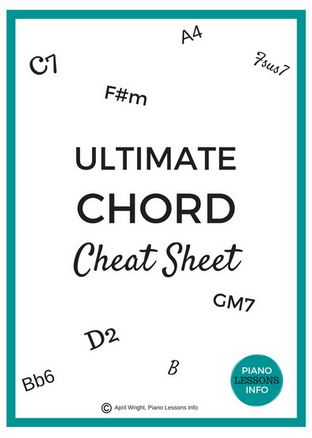
Subscribe below and get free access to the (printable) Ultimate Chord Cheat Sheet.
Recent Articles
-
Piano Notes Chart
Nov 20, 23 10:21 PM
Find a piano notes chart for treble clef and bass clef notes as well as the different types of notes. -
D Chord on Piano + Diagram, How To & Theory
Oct 24, 23 12:20 AM
Learn how to play the D chord on piano with diagram, fingering, D/A, D/F# and a theory explainer. -
Diminished Piano Chords: Chart & How to Make Them
Oct 09, 23 09:23 PM
Learn the different diminished piano chords and how to make them. Here you'll find both a diminished chord chart and an explanation.
- Home
- Beginner Piano Guide PDF
- 3 Piano Pedals
Free Download:
Ultimate Chord Cheat Sheet

Subscribe below and get free access to the (printable) Ultimate Chord Cheat Sheet.
